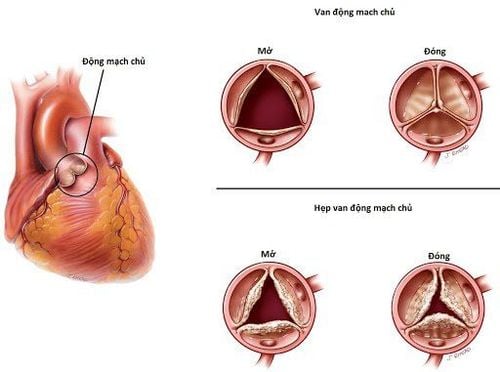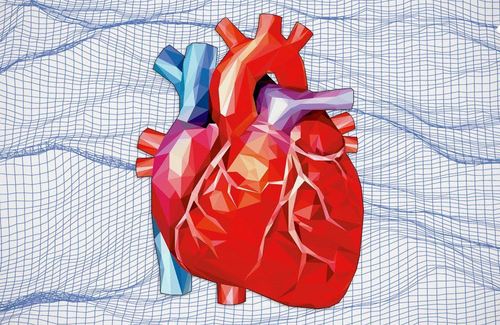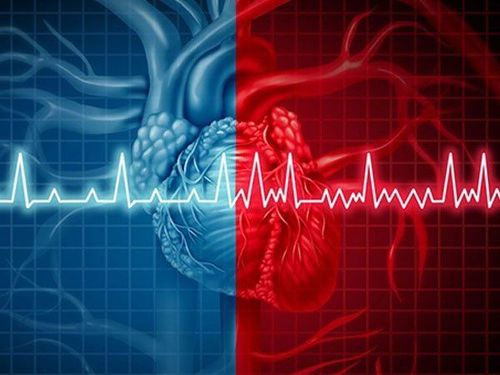This is an automatically translated article.
The article is professionally consulted by Master, Doctor Cao Thanh Tam - Cardiologist - Cardiovascular Center - Vinmec Central Park International General Hospital. Master - Doctor Cao Thanh Tam has many years of experience in the diagnosis and treatment of cardiovascular diseasesAortic regurgitation can overload the heart and increase the risk of blood clots, arrhythmias, endocarditis, and heart failure.
1. What is aortic regurgitation?
The aortic valve is a heart valve located between the aorta and the left ventricle. The normal structure of the aortic valve consists of three leaflets. These valves open and close rhythmically according to the heart's activity and allow blood to flow in one direction from the left ventricle to the aorta, helping to control the flow of blood being pumped out of the heart in a fixed direction.Aortic regurgitation is a condition in which the valve does not close properly, resulting in part of the blood that is pumped into the aorta to flow back into the left ventricle. The larger the valve opening, the more blood backs up into the heart and the greater the danger.
2. Reasons for rheumatic heart disease cause aortic valve regurgitation
There are many causes of aortic regurgitation, however, rheumatic heart disease is considered the leading cause of aortic regurgitation.Rheumatic heart disease is an infectious, toxic, immune disease that occurs after infection with group A hemolytic streptococci. The disease causes damage to blood vessels, joints and heart valves, often seen in children of young age. from 5 to 15 years old.
Rheumatic heart disease causes valves to thicken, stick, calcify, contract or narrow. This condition develops over a long period of time causing aortic regurgitation or stenosis.

3. Measures to treat aortic valve regurgitation
Medical treatment: Although drug treatment cannot end aortic regurgitation, medication still plays a positive role in patients who are asymptomatic or have no indication for surgery. . Interventional surgical treatment: Surgery is indicated in cases when the patient has symptoms of shortness of breath or chest pain; or asymptomatic but reduced left ventricular function. Surgical treatment includes surgery: aortic valve replacement; repair the aortic valve; replace the valve of the same type.4. Heart valve replacement at Vinmec Central Park
The Cardiovascular Center of Vinmec Central Park International General Hospital gathers a team of experts including experienced professors, doctors, specialists, and masters in the field of internal medicine and treatment. Surgery, interventional cardiac catheterization and application of advanced techniques in the diagnosis and treatment of cardiovascular diseases.As one of the leading centers of Vinmec Central Park International General Hospital, the Cardiovascular Center is the first in the country and one of the few hospitals in the world equipped with an operating room. The most modern hybrid. Hybrid operating room includes an interventional cardiac catheterization room (Catheterization Lab) and a modern cardiovascular operating room (Operation Room) that allows performing techniques that require high accuracy such as cardiovascular diseases.
Rheumatic heart disease is the leading cause of aortic regurgitation. This valvular heart disease can be treated medically and surgically. At Vinmec Central Park International General Hospital, the Cardiology Center with a team of experienced specialists and the most modern machinery and equipment can perform difficult surgeries requiring high accuracy, ensuring health care for patients.
Please dial HOTLINE for more information or register for an appointment HERE. Download MyVinmec app to make appointments faster and to manage your bookings easily.














